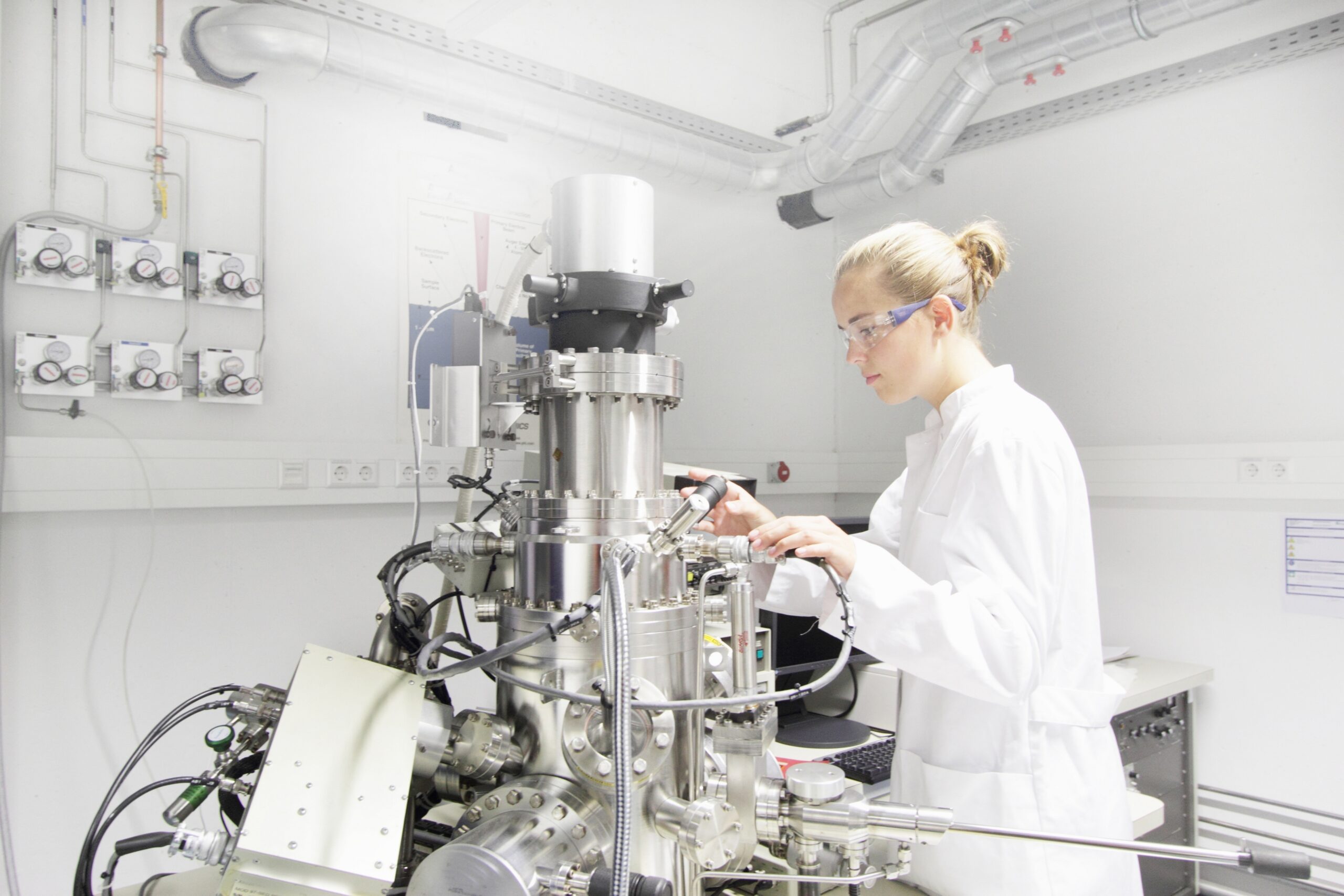Leak detection is an essential aspect of vacuum operations, underlying critical performance indicators like cost, efficiency, and safety. Extraordinary effort has been made to engineer leak-tight systems capable of inducing and maintaining different vacuum regimes without significant loss of pressure due to leaks. Yet no system is perfect. Even the highest-quality chambers, gaskets, pumping systems, and so on can suffer from performance losses over time. It’s essential, therefore, to carry out regular leak detection and repairs to maintain vacuum integrity and minimise contamination. Residual gas analysis (RGA) can play a vital role in this arena.
This blog post explores the role of RGA in leak detection and highlights the advantages of using Hiden Analytical’s RGA solutions for in-depth analysis and characterization of vacuum environments.

What is Residual Gas Analysis?
Residual gas analysis is a technique that analyzes the composition of gases present within a vacuum environment. By measuring the partial pressures of different gas species, RGA provides valuable information on vacuum quality and process conditions. This information is crucial for understanding contamination sources, identifying leaks, and monitoring vacuum performance.
How do RGAs Work as Leak Detectors?
RGAs differ from conventional leak detectors in their ability to analyze a wide range of gas species, offering a more comprehensive understanding of vacuum environments. Conventional leak detectors often only detect helium or hydrogen, while RGAs can distinguish between multiple gases. This versatility allows for more efficient leak localization and aids in differentiating between true leaks and virtual leaks caused by trapped gases.
RGAs operate using mass spectrometry, which ionizes gas molecules within a vacuum and separates them based on their mass-to-charge ratio. The process involves three main components: an ion source, a mass analyzer (typically a quadrupole mass spectrometer), and an ion detector. The ion source ionizes gas molecules, while the mass analyzer separates ions according to their mass-to-charge ratio. Finally, the ion detector amplifies the signal, enabling the detection of low-level gases.
Common Vacuum Residuals
Some common vacuum residuals that RGAs can detect and analyze include:
- Hydrogen: Measured at mass 2, hydrogen is often of interest in ultra-high vacuum (UHV) systems where outgassing can limit ultimate vacuum achievement.
- Helium: Measured at mass 4, helium is used as a search gas for leak detection, offering a fast response time for analysis.
- Water vapor: Measured at mass 18, water vapor is challenging to pump down to UHV levels without extensive baking or pumping.
- Nitrogen and Oxygen: Measured at mass numbers 28 and 32, these gases’ presence often indicates a chamber leak.
- Hydrocarbons: Analyzed at multiple mass numbers, hydrocarbons provide information on the contamination level within the vacuum chamber.
- Volatile Organic Compounds (VOCs): Measured at species-specific masses, VOCs can be analyzed for contamination monitoring.
How Hiden RGA Solutions Excel at Leak Detection
Hiden Analytical’s RGA solutions are designed for exceptional performance in leak detection and vacuum monitoring. With a wide dynamic range, fast response times, and comprehensive analysis capabilities, our RGA systems excel at characterizing vacuum environments and identifying leaks. Hiden RGA series quadrupole mass spectrometers are application-tested and calibrated to ensure the highest quality performance. They are backed by a 3-year warranty and lifetime service support. Some applications include vacuum chamber leak detection, vacuum quality measurement and monitoring, virtual leak detection, outgassing studies, and bakeout cycle/vacuum pump down monitoring.
Interested in RGA Analysers?
If you’re considering an RGA analyser for your leak detection and vacuum monitoring needs, Hiden Analytical offers an extensive range of RGA solutions tailored to various applications. Our systems feature intuitive software, providing simple operation for novice users while offering advanced features for vacuum experts.
To learn more about how our RGA solutions can improve your leak detection and vacuum monitoring processes, contact us today. Our team of experts is ready to help you find the perfect RGA solution for your specific needs and ensure you receive the highest quality performance, backed by our commitment to lifetime service support. Experience the difference that Hiden Analytical’s RGA systems can make in your vacuum environment and take the first step towards enhanced leak detection and analysis capabilities.

